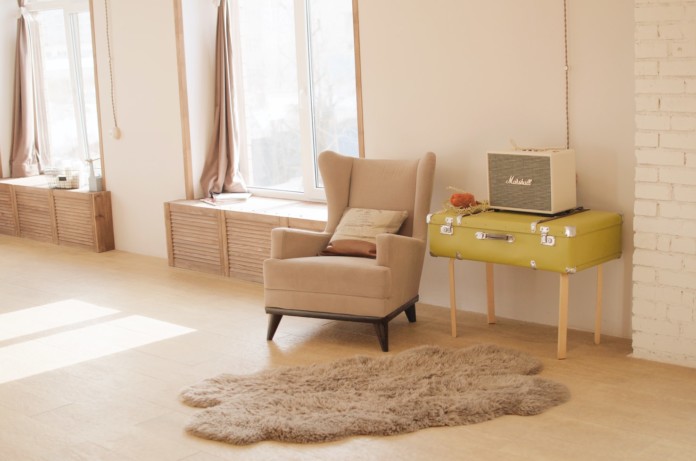When you’re ready to sell a home, you can’t just list it on the market and hope for the best. While this is technically a valid approach, especially if you’re selling the house as-is, you’ll be robbing yourself of potential advantages, such as a quicker turnaround time and a higher sale price.
Ideally, before selling, you’ll move out all (or most) of your possessions, you’ll fix any major issues with the property, and notably, you’ll “stage” the home.
But what exactly is home staging and why is it so important?
The Basics of Home Staging
Home staging is a strategy that involves cleaning and optimizing the property for potential showings. The goal is to make the property look as attractive as possible to the people touring the property while minimizing or eliminating elements that might lead to a missed sale. It incorporates cleaning, making repairs, rearranging or replacing furniture, and many other tactics.
The Benefits of Home Staging
Why is home staging so important?
It has a number of benefits, such as:
· Broader appeal. Home staging is partially designed to cater to the widest possible audience. Rather than making the property attractive to a narrow and specific demographic, you can make it acceptable for as many people as possible. Some people might be looking for something very specific, like a Scottsdale condo for sale with a specific aesthetic appeal and layout, so if the property’s look is too narrow, you’ll filter those people out.
· Better first impressions. When people walk into the home for the first time, your staging can make a better first impression. Immediately, prospective buyers will feel better about the possibility of buying the home.
· Highlighting your home’s best features. Proper staging can also help you highlight your home’s best features. For example, smart furniture placement can show off how much free space is available.
· Hinting at the property’s potential. You can also use this as an opportunity to show off the property’s full potential. Your goal is to inspire people to think about how they could make the property their own.
Ultimately, these benefits mean:
· A faster sale. Home staging’s broad appeal and general attractiveness mean staged homes spend less time on the open market. You’ll sell your home faster – which can mean far less time and stress spent on this endeavor.
· A higher sale price. Buyers’ real estate agents report that staging a home can increase the offering price by 1 to 5 percent. Sellers’ real estate agents report an increase of offering price between 6 and 10 percent. Home staging only costs a few hundred dollars, so its potential to increase your sale price by several thousand dollars shouldn’t be overlooked.
How to Stage a Home
So how do you stage a home?
· Declutter. The first step of the process is always decluttering. You’ll need to go through your house and get rid of anything that’s not necessary. If you’re moving out, you might as well pack and remove as many possessions as possible, relocating them to your new place or a temporary storage unit. The more space you have to work with, the better.
· Depersonalize. It’s also a good idea to depersonalize your home. In other words, you’ll want to remove any details that are tied to your personality or family. People touring homes like to imagine what it will be like to live there; family photos, unique artwork, and even indications of the presence of pets can all make people uncomfortable. Try to remove these things and keep the home as neutral as possible. Remember, your goal is to appeal to the broadest possible audience.
· Thorough cleaning. This is probably on every home seller’s agenda, but it’s important to thoroughly clean the home during the staging process. Every day cleaning, like wiping down counters and vacuuming the carpets, should be a given. You’ll also want to deep clean all the nooks and crannies of your house that usually get glossed over; for example, you’ll need to clean behind the refrigerator.
· Cosmetic fixes. Go through the house and make any small-scale cosmetic fixes that need your attention. If there are holes in the drywall, patch them. If there are areas of cracked or peeling paint, apply some touchups. If there are stains on the carpet, see if you can work them out.
· Furniture inclusion and placement. The final step of the staging process is placing and arranging furniture. You’ll want to include attractive, yet neutral furniture to highlight the best features of the most important rooms of the home. Placing the furniture is an art; ideally, you’ll create a bigger sense of space.
With a bit of research and ample effort, you can likely stage your home yourself. However, if you want to see the best results, it may be in your best interest to work with a professional home staging company, or at least consult your real estate agent for advice.




